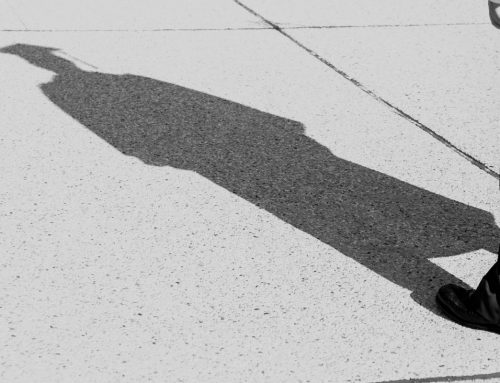Internship proposal : « Audio Deep Machine Listening methods for Remote Beehive Health Analysis »
Keywords
Audio processing, Deep learning, Bee-hive monitoring, Embedded systems
Abstract
In recent years, smart beekeeping gained of interest for assisting professionals and beekeepers to preserve the health of bees colonies. This research field requires to develop new methods based on audio processing and supervised or semi-supervised machine learning for remotely monitor beehives to predict the effects of environmental factors (weather, bee parasites, polluting, etc.). As shown in a recent study [6, 3], audio signal can convey accurate information about the state of a beehive through a limited amount of data. Hence, the goal of this internship is to investigate the most relevant and robust audio features which enable to efficiently monitor a beehive from noisy field recordings.
Goals
- Identifying efficient and robust audio features for supervised and semi-supervised audio classification scenarios.
- Development and assessment of one or several new techniques using public datasets and new natural recordings provided by Starling Partners company.
Methodology
This research work focuses on the analysis of natural audio beehive field recordings.
First, we propose to consider as a baseline the existing literature related to hand-crafted audio timbre descriptors [6, 4] which offer a large set of features which showed their efficiency for different classification tasks such as music instrument recognition from field recordings [1].
Second, we will propose new robust audio feature extraction methods based on deep convolutional neural networks (i.e. recurrent convolutional neural networks [2]). This approach already obtained excellent prediction results in weakly-supervised scenarios when applied to waveforms or time-frequency representations of audio signal [5].
Finally, we combine the proposed methods with possibly new audio signal enhancement techniques to improve the robustness of the extracted features and to focus on the signal of interest possibly combined with an attention mechanism [7]. With this in mind, we expect to develop a efficient solution that will be comparatively evaluated in terms of accuracy-dimension-complexity with the existing state-of-the-art methods.
Required profile
— good machine learning and signal processing knowledges
— mathematical understanding of the formal background
— excellent programming skills (Python, C++, Cuda)
— good motivation, high productivity and methodical works
Salary and perspectives
According to background and experience (a minimum of 577.50 euros/month).
Possibility to pursue with a 3-year-funded PhD contract with French or international research partners.
Contact information
- Supervisor(s) : Dominique Fourer (with Prof. H. Maaref)
- Team / Laboratory : SIAM / IBISC (EA 4526) – Univ. Évry/Paris-Saclay : 36, Rue du Pelvoux, 91080 EVRY-COURCOURONNES, FRANCE
- Industrial partner : Starling Partners
- Contact : dominiqueDOTfourerATuniv-evryDOTfr
Références
[1] D. Fourer, J-L. Rouas, P. Hanna, and M. Robine. Automatic timbre classification of ethnomusicological audio recordings. In Proc. ISMIR, Taipei, Taiwan, October 2014.
[2] Yann LeCun, Yoshua Bengio, and Geoffrey Hinton. Deep learning. nature, 521(7553) :436–444, 2015.
[3] Inês Nolasco, Alessandro Terenzi, Stefania Cecchi, Simone Orcioni, Helen L Bear, and Emmanouil Benetos. Audio-based identification of beehive states. In ICASSP 2019-2019 IEEE International Conference on Acoustics, Speech and Signal Processing (ICASSP), pages 8256–8260. IEEE, 2019.
[4] Geoffroy Peeters, Bruno L Giordano, Patrick Susini, Nicolas Misdariis, and Stephen McAdams. The timbre toolbox : Extracting audio descriptors from musical signals. The Journal of the Acoustical Society of America, 130(5) :2902–2916, 2011.
[5] Thomas Pellegrini. Densely connected cnns for bird audio detection. In 2017 25th European Signal Processing Conference (EUSIPCO), pages 1734–1738. IEEE, 2017.
[6] Amro Qandour, Iftekhar Ahmad, Daryoush Habibi, and Mark Leppard. Remote beehive monitoring using acoustic signals. 2014.
[7] Yang Yu, Sen Luo, Shenglan Liu, Hong Qiao, Yang Liu, and Lin Feng. Deep attention based music genre classification. Neurocomputing, 372 :84–91,2020.
- Date de l’appel : 18/12/2020
- Statut de l’appel : Pourvu
- Contact coté IBISC : Dominique FOURER (MCF Univ. Évry, IBISC équipe SIAM), Hichem MAAREF (PR IUT Évry, IBISC équipe SIAM)
- Sujet de stage niveau Master 2 (format PDF)
- Web équipe SIAM





